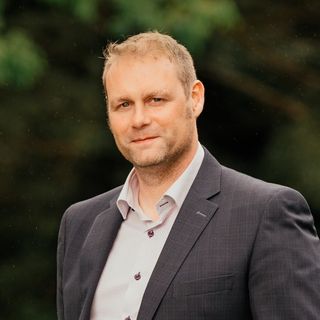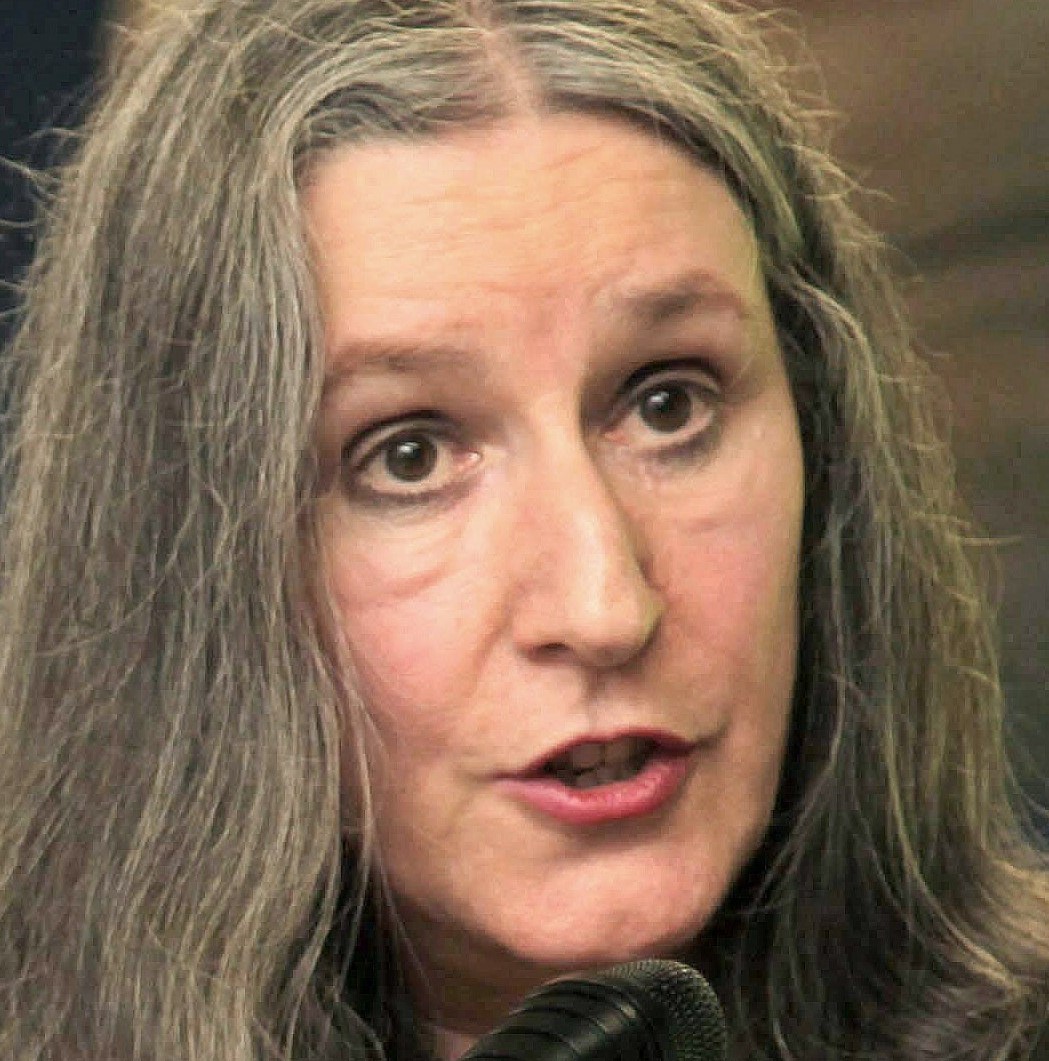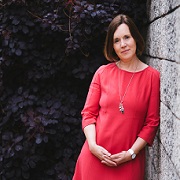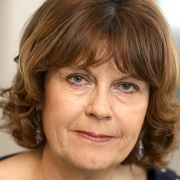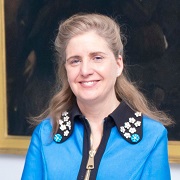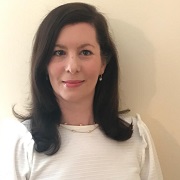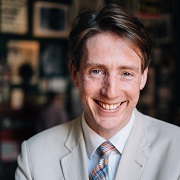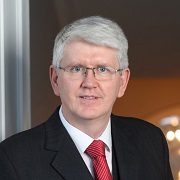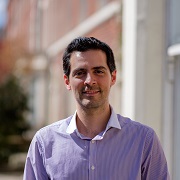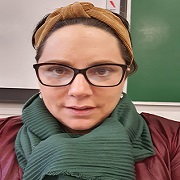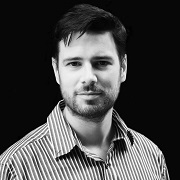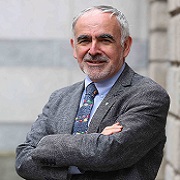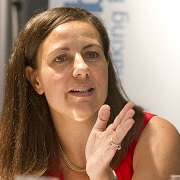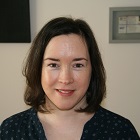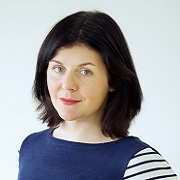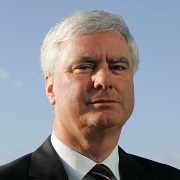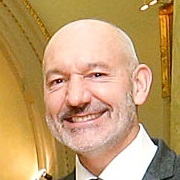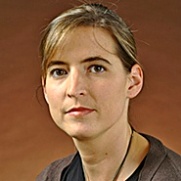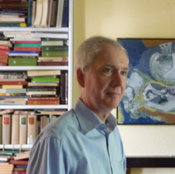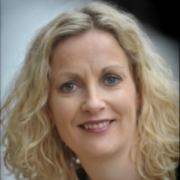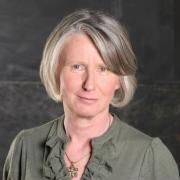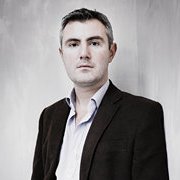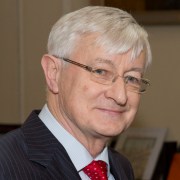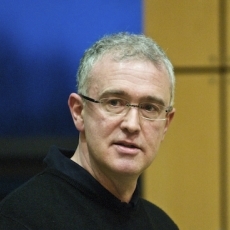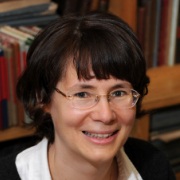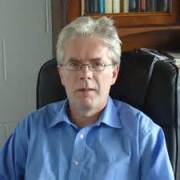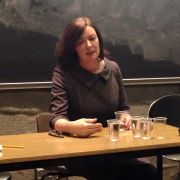Architecture is the most public of all arts. We all inhabit buildings, and some of them are distinguished and distinctive enough to make a decisive difference in our lives. At the same time, even the most ordinary ones can tell us stories about the past that, if we can discern them, enhance our appreciation and understanding of particular places, whether those we pass through daily or those we visit only briefly, perhaps as tourists far from home.
Two extraordinary experiences made me an architectural historian. As a teenager, I spent three semesters in a New England boarding school. The classroom conversations around an oval table were challenging, but the real inspiration came from my nearly daily interactions with the library, designed by Louis Kahn. From the outside a rather unassuming and outsize brick block, more on the scale of a mill than of the surrounding Georgian buildings, it revealed itself only gradually as one ascended the principal interior staircase into one of the most sublime of all twentieth-century interiors. Framed by four circular cutouts in thick reinforced concrete planes through which one glimpsed wood-framed bookcases, it was illuminated from above, and braced by a deep and almost threatening concrete X. Studying in this extraordinary space, as I realized even at the time, was roughly equivalent to attending mass regularly in Chartres cathedral. Just a few years later, I encountered Vincent Scully, without a question the most celebrated lecturer in American academia at the time. Although, he was of Irish Catholic stock, there was something of the gospel preacher about the narrative of his conversion from being a supporter of modern architecture to espousing a return to historical styles. I seldom agreed with him, but he made it clear that architecture mattered, not least for the powerful emotions that good buildings could arouse.
I remain most fascinated by extraordinary buildings that are part of ordinary lives, whether the public libraries commissioned by Victorian women in the decades immediately after America’s Civil War, the cinemas and department stores erected in Germany in the first years after World War I, or the reinforced concrete apartment blocks now ubiquitous across much of the Third World. Modern sacred architecture, with its spare forms and almost mystical lighting effects, also engages my curiosity.
The buildings I most admire were typically erected using what was for the time advanced engineering, but understanding this technology goes only so far in explaining why they look the way they do or why they have an outsize impact upon many of those who encounter them. It is the humanities that through their engagement with the history of form, ideas, and emotions explain more fully why the world around us looks the way it does and how spaces, structures, and surfaces articulate human aspirations and in turn shape experience, and how lives acquire meaning in part because of the settings in which they unfold.



